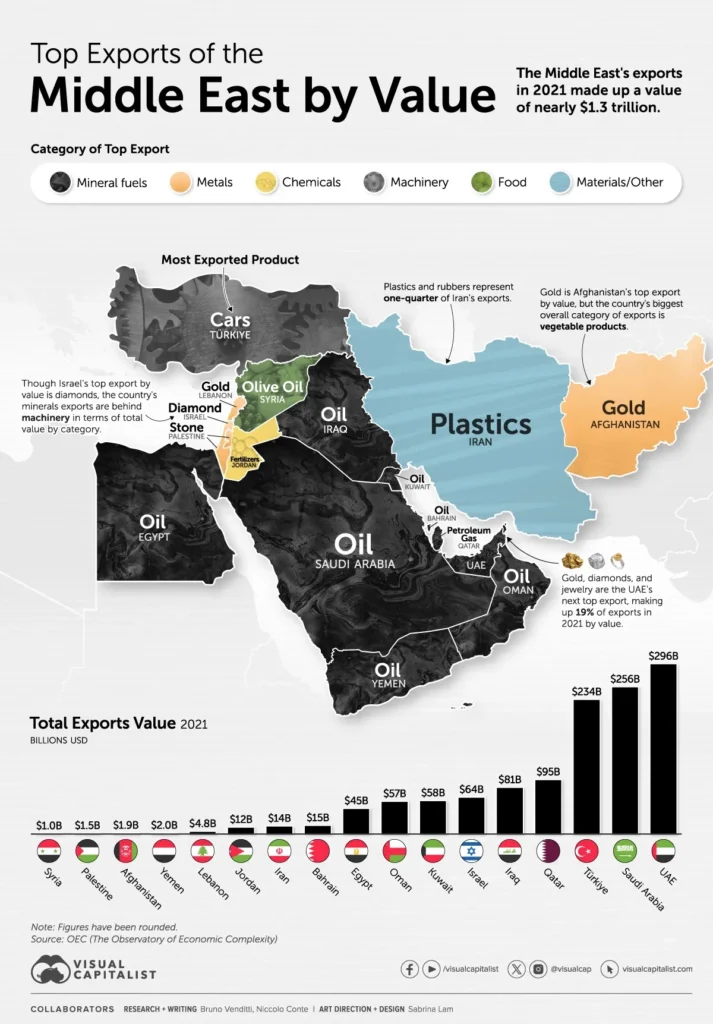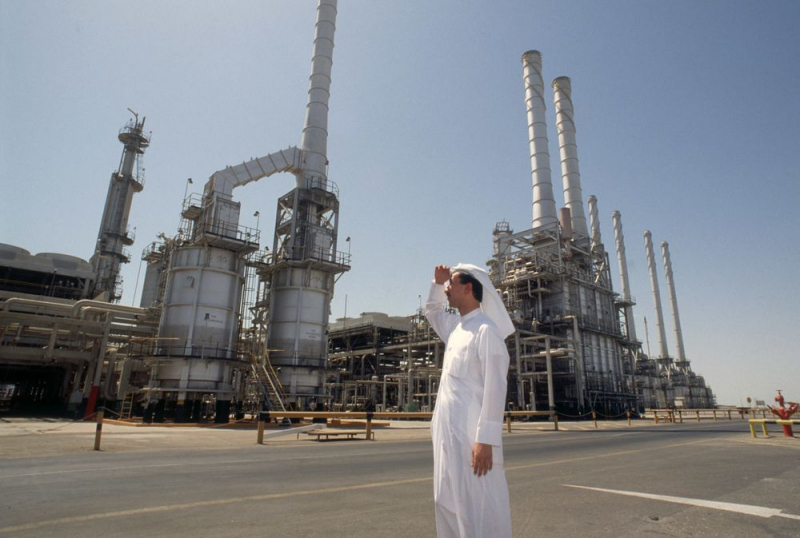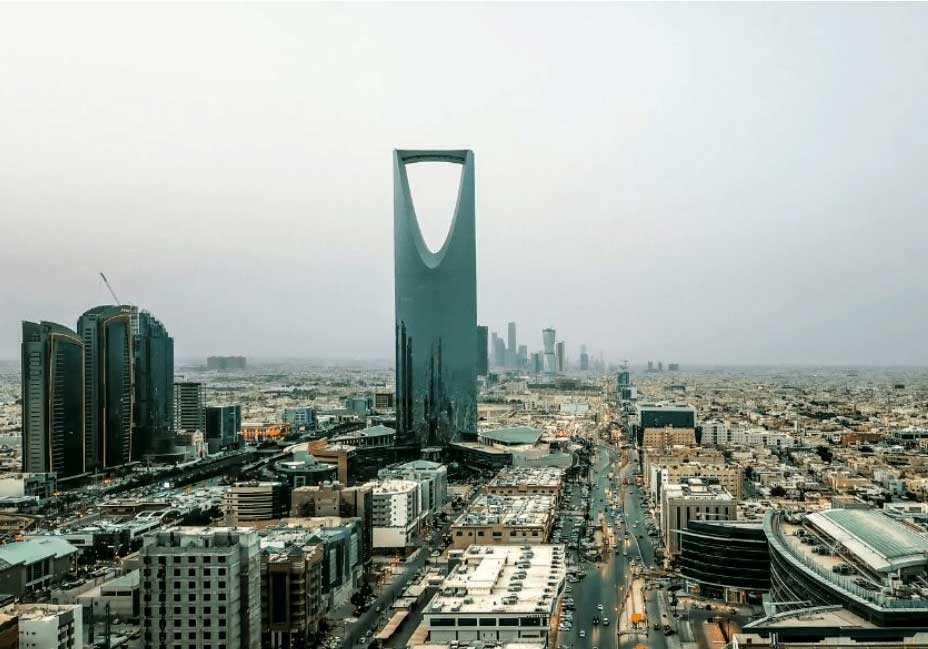Let’s take a visual and vivid look at the export structure of Middle Eastern countries in 2021. Through this, we can clearly see the heavy dependence on oil of many countries in the region, while also noticing the efforts to diversify the economy of some countries.
Visual Data

Some interesting insights based on the chart
- Oil still reigns supreme: Oil dominates: As the image shows, oil remains the main export item of most Middle Eastern countries. Countries like Saudi Arabia, UAE, Iraq… have very large oil export volumes, demonstrating the heavy dependence of these economies on natural resources.

Oil still reigns supreme
- Diversifying export products: In addition to oil, some countries have begun to diversify their export products, such as the UAE with gold and diamonds, Turkey with cars. This shows their efforts to reduce dependency on oil and develop other industries in a context where oil might be replaced or depleted in the future.
- Iran and plastics: Plastics are a highlight: Iran stands out with plastic exports, accounting for up to 1/4 of the country’s total export value. This reflects the development of the chemical industry in Iran.
- Afghanistan and gold: Gold is the primary export item. Although agriculture is the main economic sector, gold is the most valuable export item of Afghanistan. This reflects the mineral exploitation potential of this currently impoverished nation. Although Afghanistan is not traditionally considered part of the Middle East, we include it because many organizations regard it as part of the region.
- Turkey and the automobile industry: The automobile industry is thriving: Turkey emerges as a leading automobile manufacturer in the region. This indicates the development of the manufacturing industry in Turkey.
- Differences between countries: Each Middle Eastern country has a different export structure, reflecting the economic characteristics and resources of each country.
- The impact of oil prices: Fluctuating oil prices will directly affect the economy of oil-exporting countries.
- Opportunities and challenges: Diversifying export products is an opportunity for Middle Eastern countries to minimize risks and achieve sustainable economic growth. However, this also poses many challenges, requiring countries to invest in technology and enhance competitiveness.
Dataset Table
| Country | Top Export (2021) | Top Export Value | Total Exports Value |
|---|---|---|---|
| UAE | Crude petroleum | $58.5B | $296.0B |
| Saudi Arabia | Crude petroleum | $138.0B | $256.0B |
| Turkey | Cars | $10.0B | $234.0B |
| Qatar | Petroleum gas | $57.2B | $94.7B |
| Iraq | Crude petroleum | $72.0B | $81.1B |
| Israel | Diamonds | $9.1B | $64.1B |
| Kuwait | Crude petroleum | $40.1B | $58.2B |
| Oman | Crude petroleum | $24.2B | $56.9B |
| Egypt | Refined petroleum | $4.8B | $44.5B |
| Bahrain | Refined petroleum | $4.3B | $15.0B |
| Iran | Ethylene polymers | $3.2B | $14.0B |
| Jordan | Potassic fertilizers | $1.2B | $12.0B |
| Lebanon | Gold | $0.4B | $4.8B |
| Yemen | Crude petroleum | $1.1B | $2.0B |
| Afghanistan | Grapes | $0.4B | $1.9B |
| Palestine | Building stone | $0.2B | $1.5B |
| Syria | Pure olive oil | $0.1B | $1.0B |
The Middle Eastern economy is a diverse and complex picture, with many opportunities and challenges. Despite many political instabilities and dependence on oil, these countries are still striving to diversify their economies and represent a potential market. To gain a more comprehensive view of this region, we need to continue monitoring the economic, political, and social developments of each country.
See more:
Guide to exporting goods to Saudi Arabia
Arab market: Are you missing out on a potential market of 422 million people

